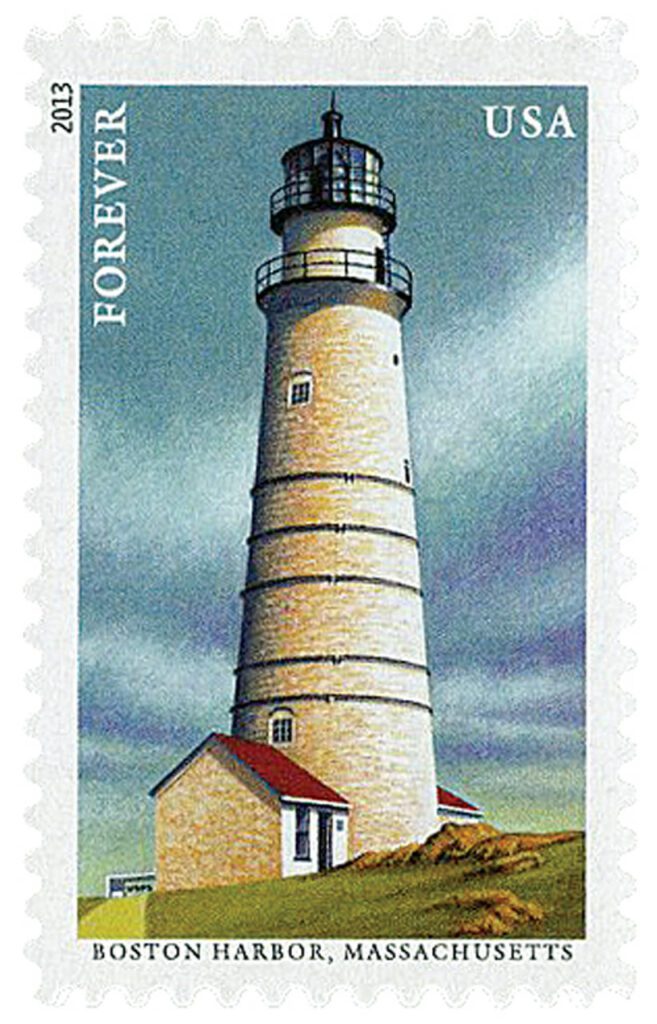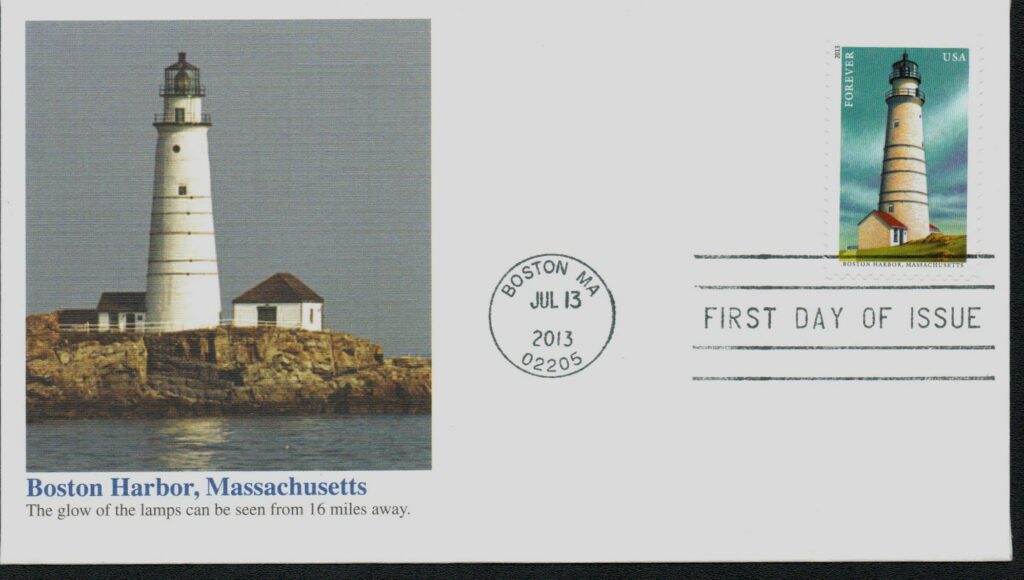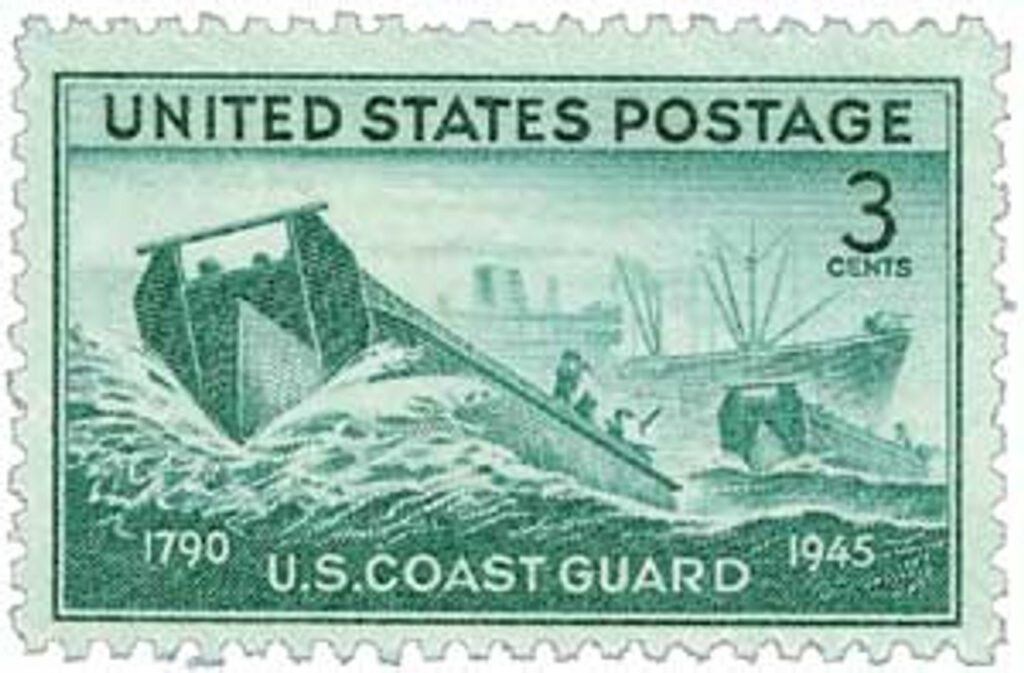
On September 14, 1716, the first lighthouse in what would become America was lit for the first time in Boston Harbor. In honor of its long history, it’s the only lighthouse in America to still have a light keeper today.
Decades before the light was built, people lit bonfires on a nearby hill to guide ships approaching Boston harbor. However, the harbor was still tough to navigate, filled with rocks and shoals that destroyed many boats over the years. Then in 1715, the people of Boston petitioned Massachusetts’s colonial government to build a lighthouse in the harbor. The government approved the petition and placed a tax of one penny per ton on ships entering and leaving the harbor. Smaller fishing boats paid a yearly fee of five shillings (a shilling was equal to approximately 12 pennies). Completed in 1716, the lighthouse on Little Brewster Island was made of stone and stood about 60 feet tall.
George Worthylake, the light’s first keeper was raised on George’s Island in Boston Harbor. As was normal, Worthylake moved into the lighthouse with his wife Ann and daughters Ruth and Ann. The family also brought with them a slave named Shadwell. Worthylake lit the Boston Light for the first time on the evening of September 14, 1716 (some sources say it may have been the 15th or 16th). He was paid 50 British pounds per year to keep the Boston Light glowing, and his pay was raised to 75 pounds in 1717. In addition, the light keeper kept a farm on Lovell’s Island, a flock of sheep on Great Brewster Island, and worked as a harbor pilot.

On November 3, 1718, Worthylake sailed to Boston to receive his pay, and then stopped at Lovell Island to pick up his wife and daughter Ruth. The sloop carrying the Worthylakes anchored offshore at the lighthouse just a few minutes after noon. Shadwell paddled out to the ship in a canoe to pick up the family. As daughter Ann (who had stayed at home) waited on shore, the canoe capsized, and she watched horrified as her entire family drowned.
Benjamin Franklin, who was 12 years old at the time of the tragedy, was reportedly urged by his brother to write about the unfortunate disaster. Franklin took his brother’s advice and wrote “The Lighthouse Tragedy,” which he then sold on the streets of Boston.
Robert Saunders, the light’s second keeper, drowned just a few days after taking up his post. The light’s third keeper, John Hays, fared better during his tenure and requested a fog cannon that was installed in 1719 and remained in service for 132 years.

During the American Revolutionary War, British forces took control of the lighthouse in 1774. In July 1775, colonial troops set fire to the lighthouse to prevent the British from using it. The British attempted to rebuild the lighthouse, but colonial troops once again intervened. As a result, the British opted to destroy the lighthouse with explosives when they departed Boston in June 1776.
The Boston Light sat in ruins until 1783 when the commonwealth of Massachusetts rebuilt it in a similar style, though the new building stood 75 feet tall. The light was transferred to the federal government in 1790. During the War of 1812, the light’s keeper, Jonathan Bruce, witnessed the 1813 battle between the USS Chesapeake and the HMS Shannon. It was during this battle that American Captain James Lawrence famously said, “Don’t give up the ship.”
The light tower was raised to its current height of 98 feet in 1856. During World War II the light was extinguished for security purposes, but was relit in July 1945. The light was automated in 1998, but in honor of its history, it still has a light keeper – the only lighthouse in America to do so. It’s been designated a National Historic Landmark and is on the Register of Historic Places. Because it was rebuilt in 1783, it’s the second oldest working lighthouse in the country (after New Jersey’s Sandy Hook).
| FREE printable This Day in History album pages Download a PDF of today’s article. Get a binder or other supplies to create your This Day in History album. |
Discover what else happened on This Day in History.



Very interesting about this lighthouse. It has been a neat series from the postal service. Thanks Mystic!
This is a very interesting article. However, I was sorry to read about the drownings.
Steve: Yes, the Lighthouses have been a “neat series” from the USPS, almost all of them designed and drawn by the late Howard Koslow of Toms River, NJ
— jws
Shadwell unknowingly got his revenge, but it cost him his life!!!
I thought the American Revolutionary War started in April of 1775.